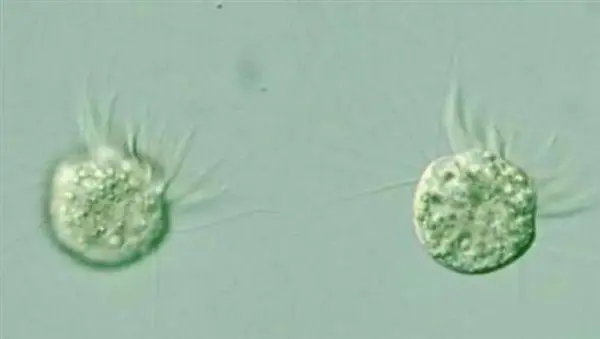Researchers at the University of Nebraska-Lincoln in the United States have discovered for the first time that some organisms use “viruses” as “food.”
They found that two species of plankton, “Halteria” and “Paramecium,” can actively eat viruses and thrive, and the results of their research have been published in the Proceedings of the National Academy of Sciences.
According to reports, since most organisms will accidentally eat viruses, the researcher John had a whim to see if there are any organisms that feed on viruses. ”
“(Viruses) are made of really good stuff: nucleic acids, lots of nitrogen and phosphorus,” he said.
They collected pond water in the experiment, some pond water was added with chlorovirus that can infect green algae, some pond water was used as a control sample, and the DNA of chlorovirus was marked with fluorescent green dye to check the “relationship” of the food chain.
The study found that “Halteria” showed obvious signs of growth within two days, and the population of cilia increased by about 15 times in two days, while the content of chlorovirus decreased by more than 100 times. In the control sample without chlorovirus, “Halteria” was almost the same as the initial state.
“Paramecium” also behaved similarly, also using chlorovirus as a source of nutrition. Also, fluorescent green traces of movement marked on the DNA of the chlorovirus confirmed that the virus was “eaten”.
According to reports, scientifically speaking, this is the first time that humans have changed the way they look at viruses: viruses are not only “pathogens” that cause disease in the body, but can also be a link in the food chain in nature.




GIPHY App Key not set. Please check settings